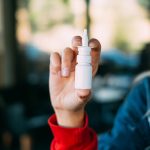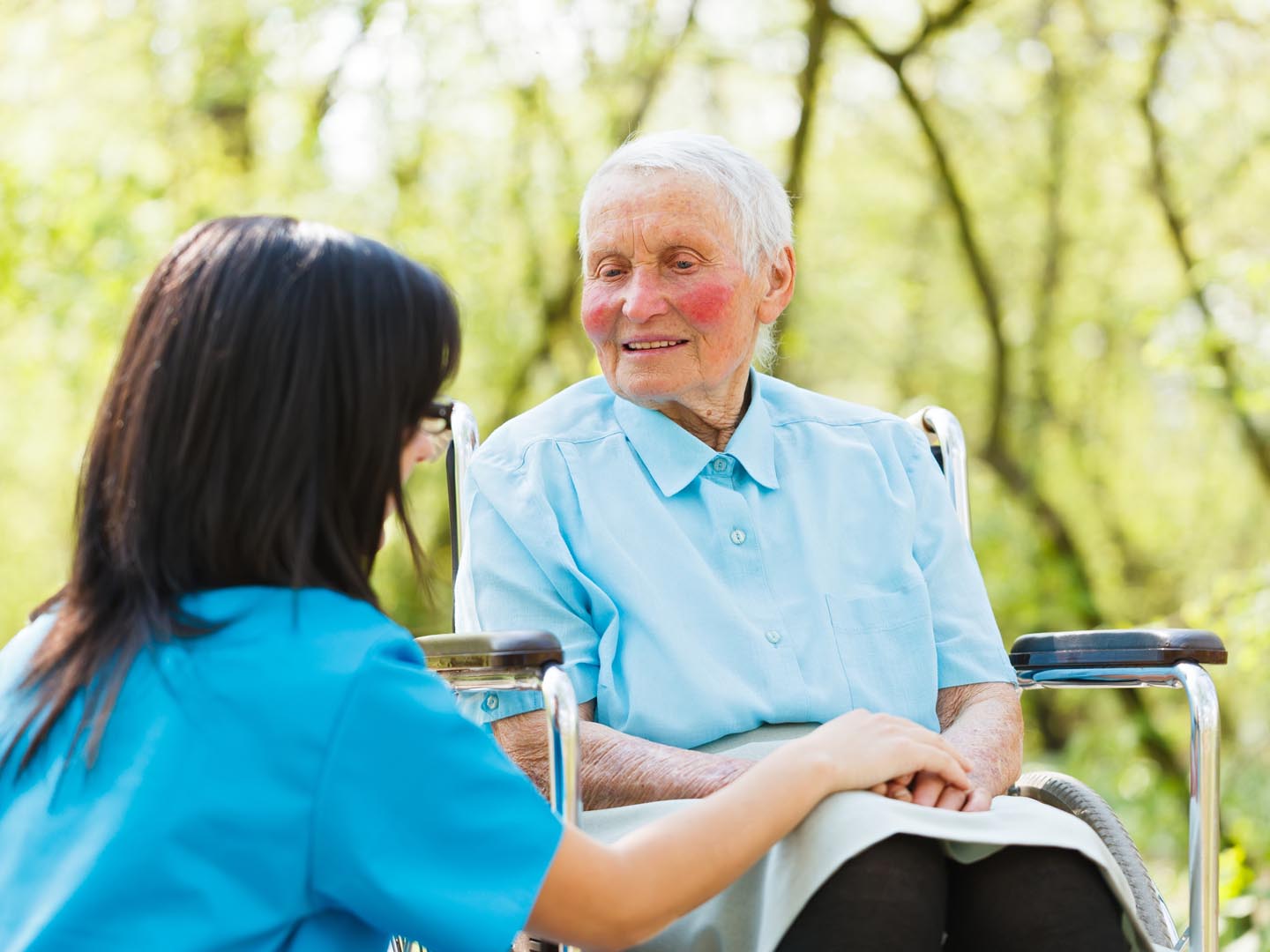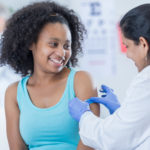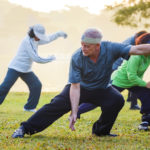COVID-19 Surface Spread?
At the beginning of the COVID-19 epidemic, I followed the advice to wipe down everything in the house, as well as packages and other items I bought before bringing them in. I haven’t heard anyone talk about wiping down packages or surfaces in a long time – what happened?
Andrew Weil, M.D. | February 25, 2022
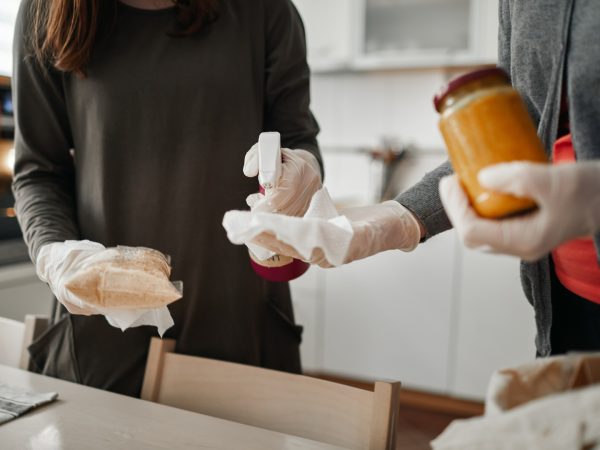
The COVID-19 pandemic has been a long road, with our understanding of the virus evolving almost as fast as the virus mutates. It’s true that back at the beginning, we were advised to disinfect all packages, doorknobs, counters, and other surfaces to reduce the risk of spread. The more we learned about the virus and its transmission, however, the more it became clear that airborne transmission is by far the greatest risk. So, while it’s still a good idea to disinfect commonly touched surfaces, we know that we don’t need to be wiping down grocery bags and other items quite as obsessively as we did in 2020.
According to the U.S. Centers for Disease Control and Prevention (CDC), it is unlikely that you will become infected with COVID-19 by touching a surface or object that has the virus on it and then touching your nose, mouth or eyes. You’re much more likely to become infected if you’re in close contact with someone who is infected and who sneezes, coughs, or talks, releasing respiratory droplets into the air that you can inhale. This can occur even if the infected person has no obvious symptoms and is why the CDC strongly advises us to stay about six feet apart from others and to wear N95 or surgical masks.
The current recommendations are based on what we know about the size of the droplets that an infected person sheds when coughing, sneezing, or simply speaking or breathing. A virus carried on a large droplet tends to fall to the nearest surface – sink, counter, desktop – and stay there for some amount of time. If you touch that surface while the virus is still alive, you can unwittingly infect yourself, but smaller particles are aerosols, meaning that they remain suspended in the air longer, and can travel farther, than large droplets. Once scientists confirmed that the SARS-CoV-2 virus was carried in very small aerosol particles, it became more clear that the best prevention methods addressed airborne, not surface, transmission. Masking and maintaining distance from other people are the most effective ways to avoid infection with airborne particles.
Even though infection with COVID is less likely to occur through shared objects, it’s still important to clean and disinfect your home regularly, particularly surfaces that are frequently touched, such as tables, doorknobs, light switches, countertops, phones, keyboards, toilets, faucets and sinks. Aerosol particles that land on those surfaces may have other germs on them, including those that cause influenza, hepatitis, or food-borne illnesses. The CDC advises using soap and water first and then disinfectant. Cleaning with soap and water reduces the number of surface germs, dirt and impurities, while disinfectant kills germs. Wear disposable or reusable gloves when cleaning.
Throughout this pandemic, be sure to wash your hands often with soap and water, particularly after removing gloves and after any contact with a person who is sick. If soap and water aren’t available, use a hand sanitizer containing at least 60 percent alcohol. And be sure to clean your hands after blowing your nose, coughing, or sneezing, using the restroom, before eating or preparing food, after contact with animals or pets, and before and after helping a child or others who need assistance. Avoid touching your eyes, nose, and mouth with unwashed hands. The CDC notes that washing hands for 15 to 30 seconds removes more germs than washing for less time. Be sure to rinse off soap in clean cold or warm running water to minimize skin irritation. (Incidentally, don’t substitute use of baby wipes for hand washing. They aren’t designed to remove germs.)
Be sure to dry your hands thoroughly after washing. Germs can be transferred more easily to and from wet hands. Use a clean towel or air drier.
Stay safe.
Andrew Weil, M.D.
Sources:
U.S. Centers for Disease Control and Prevention, When and How to Wash Your Hands, cdc.gov/handwashing/when-how-handwashing.html
Salian, Vrishali S et al. “COVID-19 Transmission, Current Treatment, and Future Therapeutic Strategies.” Molecular pharmaceutics vol. 18,3 (2021): 754-771. doi:10.1021/acs.molpharmaceut.0c00608
Jayaweera, Mahesh et al. “Transmission of COVID-19 virus by droplets and aerosols: A critical review on the unresolved dichotomy.” Environmental research vol. 188 (2020): 109819. doi:10.1016/j.envres.2020.109819
https://www.urmc.rochester.edu/encyclopedia/content.aspx?contenttypeid=1&contentid=1220
https://www.cdc.gov/coronavirus/2019-ncov/prevent-getting-sick/types-of-masks.html
https://www.cdc.gov/coronavirus/2019-ncov/more/science-and-research/surface-transmission.html
https://www.cdc.gov/coronavirus/2019-ncov/science/science-briefs/sars-cov-2-transmission.html?CDC_AA_refVal=https%3A%2F%2Fwww.cdc.gov%2Fcoronavirus%2F2019-ncov%2Fscience%2Fscience-briefs%2Fscientific-brief-sars-cov-2.html
Originally Posted May 2020. Updated February 2022.



